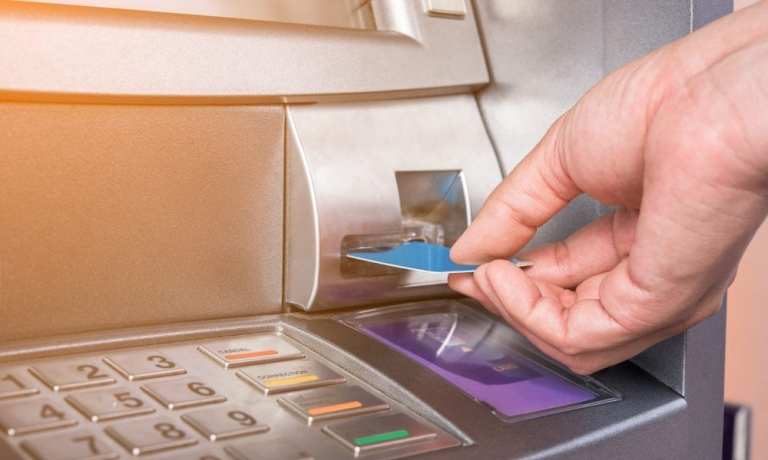Countering digital fraud is a lot like playing whack-a-mole: As soon as one fraudster is taken out, two more pop up where they’re least expected. Fighting bad actors is particularly challenging for those in the banking industry, which lost more than $31 billion to fraud in 2018 and is projected to lose even more as cybercriminals become more sophisticated.
The popularity of digital banking services has created ample opportunities for bad actors, leaving banks scrambling to protect themselves against the rising tide of fraud. Faster payments have also contributed, as banks now have less time to identify fraudulent transactions. It’s nearly impossible for human analysts to examine every sign of malfeasance with banks processing millions of transactions each day, but that is exactly where learning technologies like artificial intelligence (AI) and machine learning (ML) can help.
PYMNTS recently caught up with Joseph Sieczkowski, head of technology architecture and data at The Bank of New York Mellon Corporation (BNY Mellon), to discuss how the financial institution (FI) is using learning technologies and sophisticated algorithms to screen transactions and help detect bad actors.
Using Data Science to Combat Fraud
Fraud prevention strategies preciously relied on individual knowledge and static rules such as analyzing geolocations, IP addresses and discrepancies between billing and shipping addresses. Many of these standards not only failed to spot sophisticated fraud attempts, but also flagged legitimate customers as bad actors.
Advertisement: Scroll to Continue
A 2015 survey found only one in five transactions flagged by banks was actually fraudulent, creating unpleasant experiences for customers when their purchases are scrutinized and causing banks to spend resources on analyzing legitimate activities. Standards like that are unsustainable for banks operating on the scale of BNY Mellon, which handles more than $34 trillion in assets.
The bank implemented a data-based fraud detection initiative in 2018 to help combat this problem with false positives.
“Fraud is like looking for needles in a haystack,” Sieczkowski explained. “How do you look for needles in a haystack? You give your operational team magnets.”
One such magnet is AI, which uses pattern recognition, path analysis and deep learning techniques to analyze millions of transactions and identify ones that are likely fraudulent. AI can also ensure bank activities are compliant with regulations and anti-money laundering (AML) standards, keeping banks out of legal hot water.
When AI systems flags suspicious transactions, human analysts must determine which are legitimate and which are not.
“We invest in diverse talent and are really building a strong bench of data scientists, engineers and modelers,” Sieczkowski said.
BNY Mellon opened an innovation center in Palo Alto, California in 2014 to acquire talented employees for its team.
“When you look at data analytics, it isn’t like BNY Mellon doesn’t know about [big data],” Michael Gardner, former director of the innovation center, said in an interview with Wall Street & Technology shortly after the center opened. “But there are people in Silicon Valley who are two to three years ahead.”
The Palo Alto facility is one of several that BNY Mellon uses to recruit fresh talent, including one in New Jersey and two in India.
“It’s not as if Silicon Valley has a monopoly on innovation and talent,” Gardner said. “At the same time, you can’t mandate that a company be innovative … Every company is struggling to find good talent. It certainly doesn’t hurt BNY Mellon to be here. It helps.”
The Future of Data Science in Banking
It’s likely that fraudsters will become more sophisticated at the same rate that banks implement smarter fraud detection methods. The AI solutions being used for data analytics must always be at the top of their games to keep cybercriminals at bay.
“[Fraudsters] are going to change techniques faster, and what you need are the capabilities to ensure that you can keep up with those faster changes and be one step ahead of them all the time,” Sieczkowski said. “[We] do testing constantly to retrain our models to be able to pick up on different types of fraudulent activities.”
The arms race between fraudsters and fraud detectors may be unending, but advances in learning technologies will hopefully give the good guys the upper hand.





